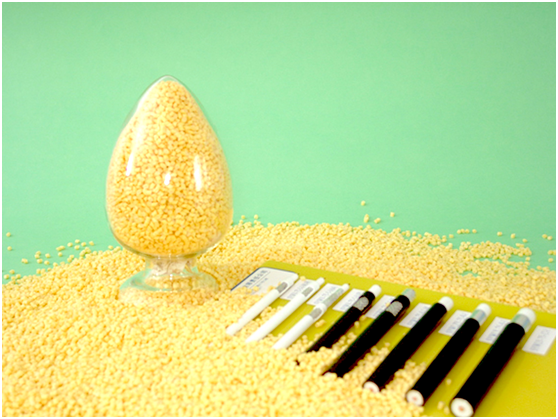
Although polypropylene has many advantages, it also has the following disadvantages:
- The side methyl group on the molecular link reduces the flexibility of the chain, and the spherulite particles are large, which makes the brittleness temperature high and the impact resistance poor, especially the impact toughness at low temperature is very poor, and the rigidity and transparency at high temperature are insufficient;
- As a kind of non-polar polymer, its dyeing, adhesion, antistatic, hydrophilicity and compatibility with polar polymer and inorganic filler are poor;
- The shrinkage of processing is large and the dimensional stability is low;
- Poor aging resistance.
These disadvantages affect the application of polypropylene in more extensive fields. In order to expand the application of polypropylene and extend its service life, it is necessary to modify polypropylene. However, there are many kinds of nucleating agents with low technical difficulty, good flexibility and easy operation, which is one of the most active and commonly used effective methods to make polypropylene high-performance.



